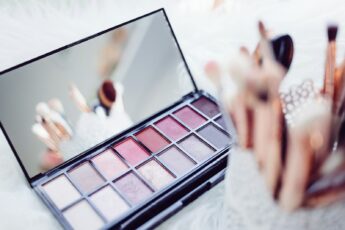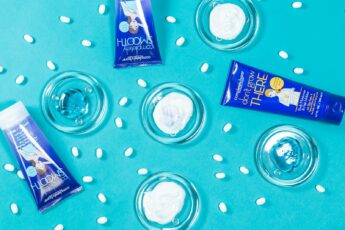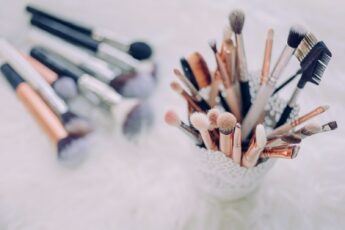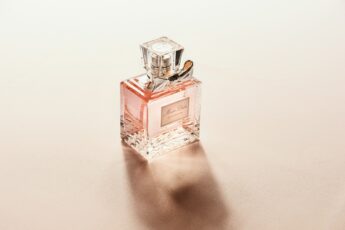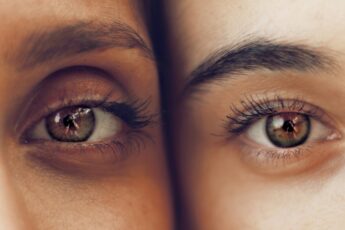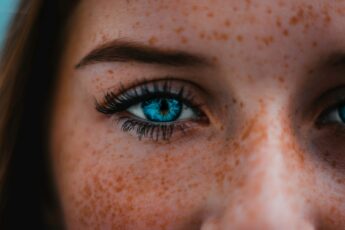Introduction: How to Get Rid of Dandruff
Dandruff is a common scalp condition that affects millions of people worldwide. I’ve encountered countless individuals struggling with those pesky white flakes on their shoulders and the constant itching that comes with it. In this article, I’ll guide you through effective strategies to combat dandruff and achieve a healthier scalp.
Dandruff occurs when our scalp sheds dead skin cells too quickly. While it’s normal for our skin to renew itself, excessive flaking can lead to embarrassment and discomfort. Many factors contribute to this condition, including:
- Dry skin
- Oily scalp
- Fungal infections
- Sensitivity to hair products
Understanding the root cause of your dandruff is crucial for finding the right solution. Throughout this guide, I’ll explore various methods to tackle this issue, from simple home remedies to professional treatments.
Key areas we’ll cover include:
- Proper hair care techniques
- Effective anti-dandruff products
- Natural remedies
- Dietary changes
- Lifestyle modifications
- Professional treatments
- Long-term maintenance
Remember, consistency is key when dealing with dandruff. You might need to try different approaches before finding what works best for you.
The path to a flake-free scalp begins with understanding your unique hair and skin needs.
By the end of this article, you’ll have a comprehensive toolkit to combat dandruff effectively. Let’s dive in and start your journey towards a healthier, itch-free scalp!
Understanding Dandruff
Dandruff is more than a cosmetic issue. It’s a complex condition with various causes and types. I’ve found that understanding the root of the problem is crucial for effective treatment.
Causes of dandruff include:
- Malassezia: A yeast-like fungus that feeds on scalp oils
- Seborrheic dermatitis: An inflammatory skin condition
- Dry skin: Especially common in winter months
- Product buildup: Residue from shampoos and styling products
Types of dandruff vary, each requiring a different approach:
- Dry dandruff: Small, white flakes
- Oily dandruff: Larger, yellowish flakes that stick to the scalp
- Fungal dandruff: Often accompanied by redness and irritation
Several factors can exacerbate dandruff:
| Factor | Impact on Dandruff |
|---|---|
| Stress | Weakens immune system, triggering flare-ups |
| Diet | Poor nutrition can affect scalp health |
| Weather | Cold, dry air can increase flaking |
| Hormones | Fluctuations can lead to oily scalp |
Understanding your specific dandruff type is the first step towards effective treatment.
Proper Hair Washing Techniques
How you wash your hair can significantly impact dandruff control. I’ve learned that the right techniques make a world of difference.
The frequency of washing is crucial. For most people with dandruff, daily washing helps. However, if you have a dry scalp, you might need to wash less often. Listen to your scalp and adjust accordingly.
Water temperature affects scalp health:
- Hot water: Strips natural oils, potentially worsening dandruff
- Lukewarm water: Ideal for most people
- Cool rinse: Can help close hair cuticles and reduce irritation
The importance of scalp massage can’t be overstated. It:
- Increases blood flow to the scalp
- Helps remove dead skin cells
- Distributes natural oils
Here’s a simple scalp massage technique:
- Wet your hair
- Apply shampoo
- Use fingertips (not nails) to massage in circular motions gently
- Start from the back of your head and work forward
- Spend 3-5 minutes on the massage
A proper hair washing routine is your first line of defense against dandruff.
Remember, consistency is key. Stick to your routine for at least a month to see significant improvements. In the next chapter, we’ll explore anti-dandruff shampoos and their active ingredients.
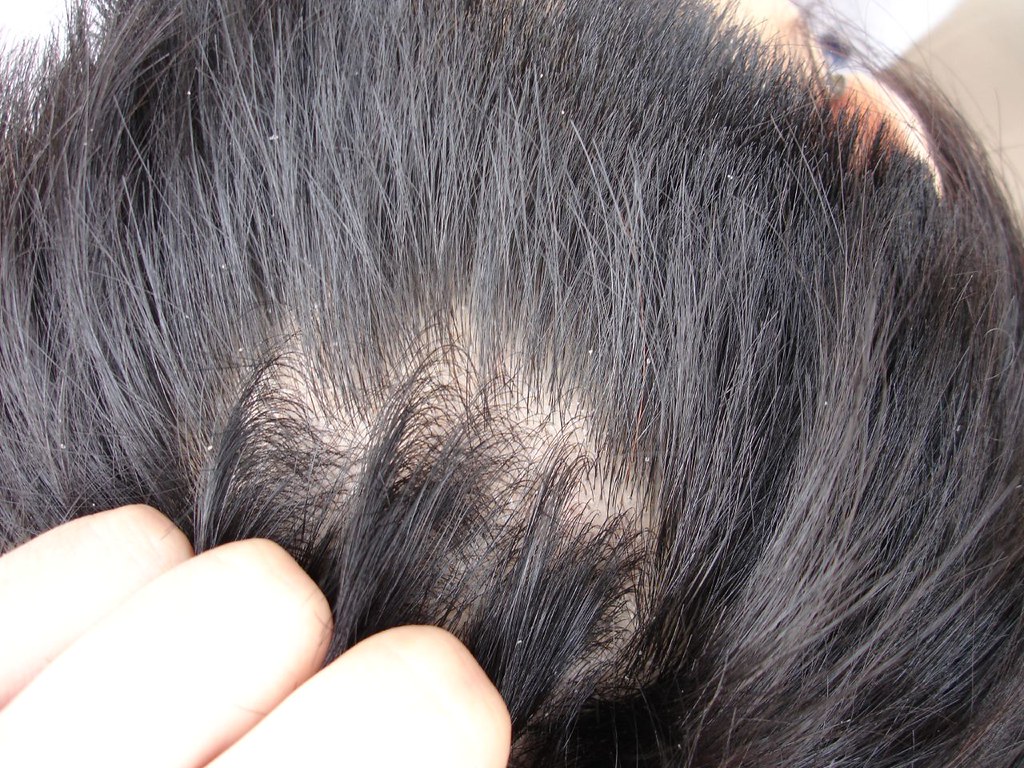
Anti-Dandruff Shampoos
Anti-dandruff shampoos form the cornerstone of most dandruff treatment plans. Understanding their active ingredients helps me choose the right product.
Key active ingredients in anti-dandruff shampoos include:
- Zinc Pyrithione: Fights fungus and bacteria
- Ketoconazole: A powerful antifungal agent
- Salicylic Acid: Helps remove scalp buildup
- Selenium Sulfide: Slows skin cell turnover
- Coal Tar: Slows skin cell death and flaking
Usage instructions vary, but generally:
- Apply shampoo directly to the scalp
- Massage gently for 3-5 minutes
- Rinse thoroughly
- Use 2-3 times a week or as directed
Effectiveness comparison:
| Ingredient | Best For | Potential Side Effects |
|---|---|---|
| Zinc Pyrithione | Mild to moderate dandruff | Minimal |
| Ketoconazole | Severe dandruff, fungal infections | Dry scalp |
| Salicylic Acid | Oily, scaly scalps | Dry, irritated scalp |
| Selenium Sulfide | Severe dandruff | Hair discoloration |
| Coal Tar | Seborrheic dermatitis | Strong odor, skin irritation |
Rotate between two or three different anti-dandruff shampoos for best results. This prevents your scalp from adapting to one product.
Natural Remedies
For those preferring a more natural approach, several home remedies can help combat dandruff. I’ve explored various options and found these to be particularly effective.
Tea tree oil benefits:
- Natural antifungal and antibacterial properties
- Soothes itchy, inflamed scalp
How to use:
- Mix 5-10 drops with a tablespoon of carrier oil (like coconut oil)
- Apply to scalp and massage gently
- Leave for 15 minutes, then wash as usual
Apple cider vinegar rinse:
- Balances scalp pH
- Fights fungus and bacteria
Recipe:
- Mix equal parts water and apple cider vinegar
- Apply to the scalp after shampooing
- Rinse after 5 minutes
Aloe vera application:
- Moisturizes dry scalp
- Reduces inflammation
Usage:
- Extract fresh aloe vera gel
- Apply directly to the scalp
- Leave for 15 minutes before rinsing
Here’s a comparison of these natural remedies:
| Remedy | Pros | Cons |
|---|---|---|
| Tea Tree Oil | Powerful antifungal | Can cause irritation if used undiluted |
| Apple Cider Vinegar | Inexpensive, readily available | Strong smell |
| Aloe Vera | Gentle, suitable for sensitive scalps | May be messy to apply |
Natural remedies can be effective, but require consistency and patience. Always do a patch test before applying any new substance to your scalp.
Remember, while natural remedies can help, severe cases of dandruff might require medicated treatments. In the next chapter, we’ll explore how dietary changes can impact dandruff.
Dietary Changes
What we eat significantly impacts our overall health, including our scalp condition. Certain dietary modifications can help reduce dandruff symptoms.
Foods reducing inflammation play a crucial role:
- Omega-3 fatty acids: Found in fish, flaxseeds, and walnuts
- Probiotics: Present in yogurt, kefir, and sauerkraut
- Antioxidant-rich fruits and vegetables: Berries, leafy greens, and sweet potatoes
The importance of a zinc-rich diet can’t be overstated. Zinc helps regulate oil production in the skin and promotes healing. Foods high in zinc include:
- Pumpkin seeds
- Beef
- Lentils
- Oysters
Hydration also plays a vital role in scalp health. Aim for at least eight glasses of water daily. Herbal teas and water-rich fruits can contribute to your fluid intake.
| Food Group | Benefits for Scalp Health |
|---|---|
| Omega-3 rich foods | Reduce inflammation, moisturize scalp |
| Probiotics | Balance scalp microbiome |
| Antioxidants | Fight free radicals, promote healthy skin |
| Zinc-rich foods | Regulate oil production, aid healing |
| Hydrating foods and drinks | Keep scalp moisturized |
Your diet is a powerful tool in managing dandruff. Small, consistent changes can lead to significant improvements over time.

Lifestyle Modifications
Lifestyle factors greatly influence the severity of dandruff. However, I’ve found that making a few key changes can dramatically improve scalp health.
Stress management techniques are crucial:
- Meditation: Practice for 10-15 minutes daily
- Deep breathing exercises: Try the 4-7-8 technique
- Regular exercise: Aim for 30 minutes most days
- Adequate sleep: 7-9 hours nightly
Exercise benefits for scalp health include:
- Improved blood circulation
- Stress reduction
- Balanced hormone levels
Here’s a simple exercise routine for scalp health:
- Brisk walking or jogging: 20 minutes
- Yoga or stretching: 10 minutes
- Deep breathing: 5 minutes
The importance of sleep quality can’t be overstated. Poor sleep can increase stress hormones, potentially exacerbating dandruff. To improve sleep:
- Stick to a consistent sleep schedule
- Create a relaxing bedtime routine
- Keep your bedroom cool and dark
- Limit screen time before bed
| Lifestyle Factor | Impact on Dandruff |
|---|---|
| High stress | Increases inflammation, worsens symptoms |
| Regular exercise | Improves circulation, reduces stress |
| Good sleep | Balances hormones, aids skin repair |
| Poor hygiene | Can lead to scalp buildup and irritation |
Lifestyle changes may take time to show results, but they form the foundation of long-term scalp health. Be patient and consistent.
Remember, these lifestyle modifications work best when combined with proper hair care and targeted treatments. In the next chapter, we’ll explore professional treatments for more stubborn cases of dandruff.
Professional Treatments
When over-the-counter solutions and lifestyle changes don’t suffice, professional treatments can offer relief. I’ve researched various options and found several effective approaches.
Medicated solutions prescribed by dermatologists include:
- Stronger antifungal shampoos
- Topical corticosteroids
- Oral antifungal medications
These treatments target severe cases of dandruff or underlying conditions like seborrheic dermatitis.
Scalp treatments at salons can also help:
- Scalp exfoliation: Removes dead skin cells and product buildup
- Deep conditioning: Nourishes and hydrates the scalp
- Scalp steaming: Opens pores and improves product absorption
Here’s a comparison of professional treatments:
| Treatment | Benefits | Potential Drawbacks |
|---|---|---|
| Prescription antifungals | Highly effective for severe cases | May have side effects |
| Topical corticosteroids | Reduces inflammation quickly | Not for long-term use |
| Salon scalp treatments | Immediate relief, relaxing | Can be costly, results may be temporary |
When to consult a dermatologist:
- Dandruff persists despite trying various treatments
- The scalp becomes very red, swollen, or painful
- Hair loss occurs alongside dandruff
- You suspect an underlying skin condition
Professional help can be a game-changer for persistent dandruff. Don’t hesitate to seek expert advice if you’re struggling.
Maintenance and Prevention
After controlling dandruff, maintaining a healthy scalp becomes crucial. I’ve learned that prevention is often easier than treatment.
Long-term care strategies include:
- Consistent hair care routine
- Regular use of anti-dandruff products
- Healthy diet and lifestyle choices
- Stress management
For recurring dandruff management, try:
- Alternating between different anti-dandruff shampoos
- Using a clarifying shampoo once a month to remove buildup
- Applying a weekly scalp mask or treatment
Scalp health monitoring is key. Pay attention to:
- Changes in scalp texture
- Increased itching or flaking
- Hair quality and thickness
Create a scalp care calendar:
| Day | Action |
|---|---|
| Monday | Anti-dandruff shampoo |
| Wednesday | Regular shampoo |
| Friday | Anti-dandruff shampoo |
| Sunday | Scalp treatment or mask |
Remember to adjust this schedule based on your scalp’s needs.
Consistency is the secret to long-term dandruff control. Make scalp care a regular part of your routine.
Implementing these strategies can help you maintain a healthy, flake-free scalp. However, if dandruff returns, don’t be discouraged. Revisit earlier chapters and adjust your approach as needed.
Effective Dandruff Management Through Comprehensive Approach
Managing dandruff requires a multi-faceted approach. Throughout this guide, we’ve explored various strategies to combat those pesky flakes. I’ve found that combining these methods often yields the best results.
Key takeaways include:
- Understanding your specific dandruff type
- Implementing proper hair-washing techniques
- Using effective anti-dandruff products
- Exploring natural remedies
- Making beneficial dietary changes
- Modifying lifestyle factors
- Seeking professional help when needed
- Maintaining long-term scalp health
Remember, what works for one person may not work for another. Be patient and willing to experiment with different combinations of treatments.
Dandruff control is a journey, not a destination. Stay committed to your scalp health routine.
By integrating these strategies into your daily life, you can achieve and maintain a healthier, flake-free scalp. Keep in mind that occasional flare-ups may occur, but with this knowledge, you’re well-equipped to handle them effectively.
